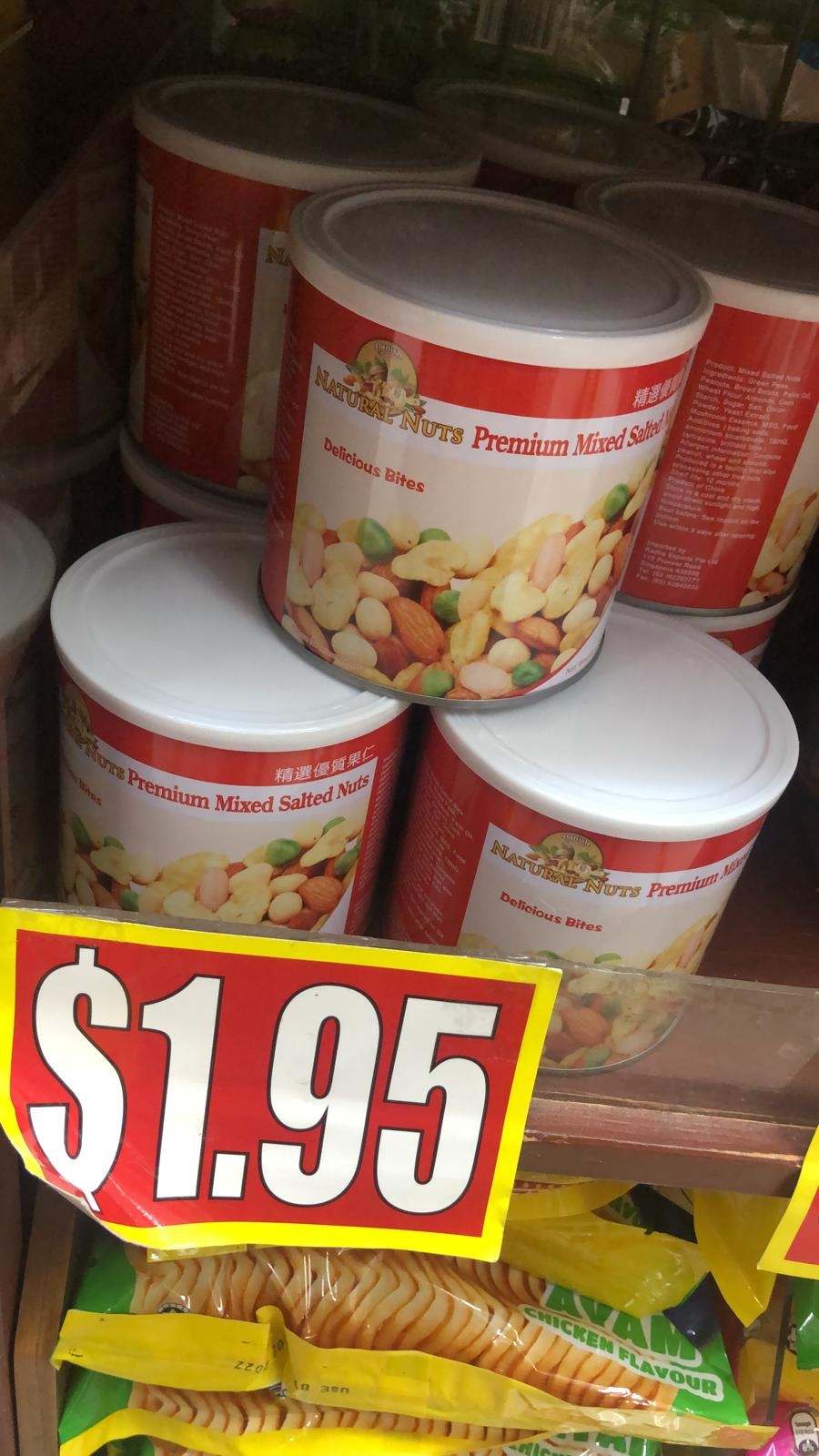
Skysy
暂无个人介绍
IP属地:未知
116关注
7粉丝
0主题
0勋章
$Halberd Corp.(HALB)$buy buy
Nice
U.S. stocks close lower on worries over recovery, corporate tax hikes
$Halberd Corp.(HALB)$lets go moon
Nice
Oil scales six-week high as Storm Nicholas hits U.S. Gulf
Nice
抱歉,原内容已删除
Nice
抱歉,原内容已删除
Nice
These are the most important things to check on a stock's quote page before deciding whether to buy or sell
Ok
Is the U.S. stock market open on Labor Day?
Interesting
Beat the market with this quant system that’s very bullish on stocks at record highs
Interesting
Facebook prospects remain bright despite stock run-up - Rowan Street Capital
$Tiger Brokers(TIGR)$interesting
去老虎APP查看更多动态